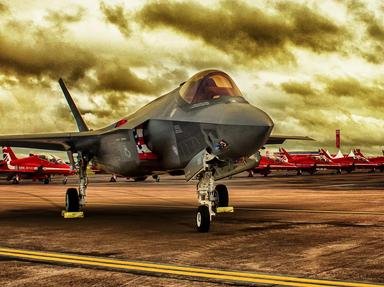Quiz Answer Key and Fun Facts
1. "We sail the ocean blue..." Sailing is a strange idea, if you think about it too long. About how long ago did humans first get the crazy idea to start using boats with sails on the water?
2. "And our saucy ship's a beauty!" One famous way of beautifying sailing ships was to add a figurehead. These were often wooden carvings on the prow of the ship, usually depicting a person, hence the name. Figureheads were often related to the name of the ship as well. What was the image of the figurehead on the HMS Victory, the ship best known as Nelson's flagship during the Battle of Trafalgar?
3. "We're sober men and true..." Sailors, however, were not usually noted for their sobriety. What alcoholic beverage was rationed throughout most navies until the mid-20th century (known as the "tot")?
4. "And attentive to our duty!" What was the main duty for the master in a historic Royal Navy vessel?
5. "When the balls whistle free o'er the bright blue sea..." Sailors caught in sea action during the Age of Sail could sometimes experience a phenomenon known as "the wind of the ball". What was this?
6. "We stand to our guns all day!" During the Age of Sail, particularly in the Royal Navy, ships were often "rated" depending on their number of guns; thus, the HMS Victory was a first-rate ship. About how many guns would a first-rate ship have?
7. "When at anchor we ride..." Anchoring systems on Age of Sail vessels may look simple, but weighing anchor involved one particularly difficult task. What command might signify the beginning of this task?
8. "On the Portsmouth tide..." In what country can you find the famous naval docks of Portsmouth?
9. "We've plenty of time for play!" Sailors during the Age of Sail were known for their pastimes. Which of these would NOT be allowed on board a Royal Navy vessel?
10. And now the time has come to identify the inspiration for these questions. "We Sail the Ocean Blue" is both the title and the first line from the opening song of a nautical breakthrough operetta for duo Gilbert and Sullivan. It's about the ship "Pinafore"...but what prefix comes before, used to identify ships in the British Navy?
Source: Author
lordprescott
This quiz was reviewed by FunTrivia editor
trident before going online.
Any errors found in FunTrivia content are routinely corrected through our feedback system.
